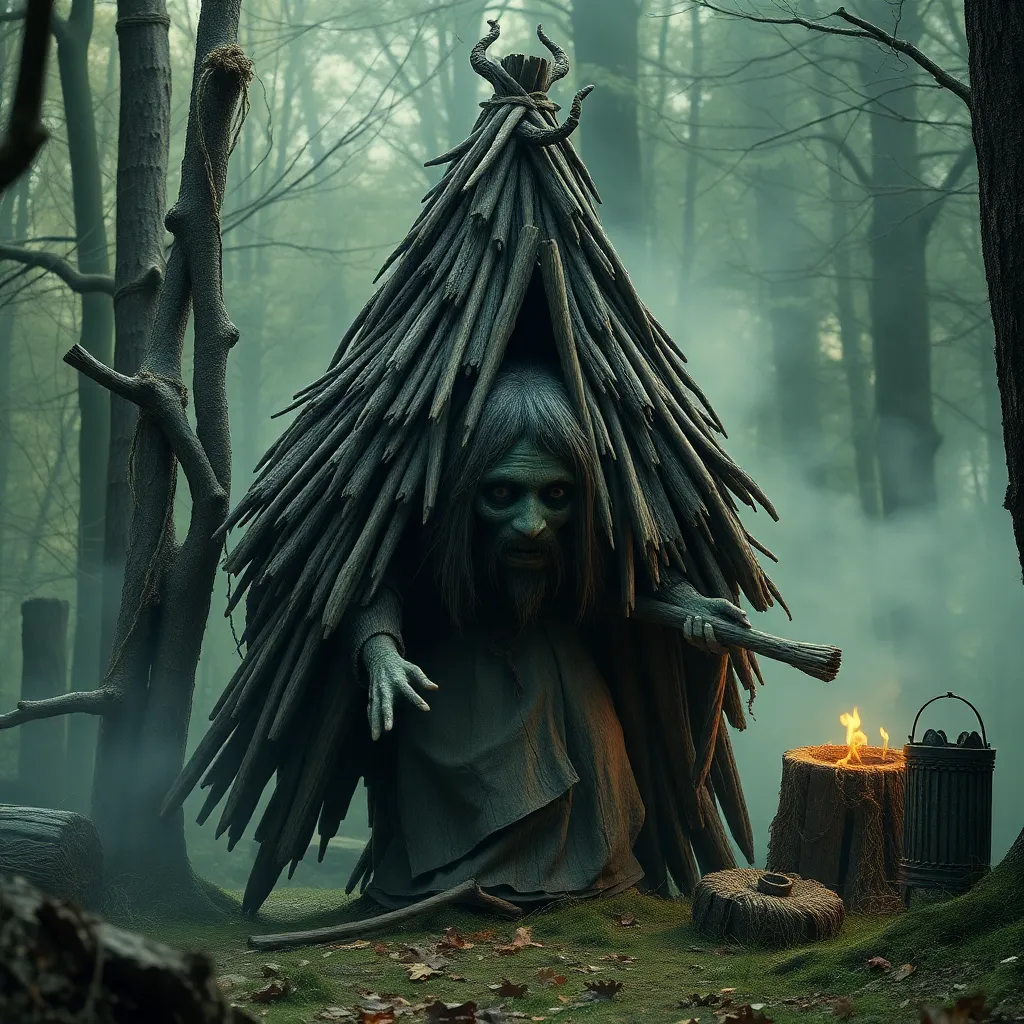The Trickster’s Journey: A Mythological Hero’s Path
1. Introduction to the Trickster Archetype
The trickster archetype is a fascinating figure in mythological narratives, characterized by cunning, wit, and a penchant for deception. Tricksters often embody a duality, representing both chaos and creativity. They challenge the status quo, break societal conventions, and reveal deeper truths through their antics. From ancient legends to modern tales, the trickster appears across various cultures, demonstrating the universal nature of this archetype.
2. Historical Origins of the Trickster Myth
The origins of the trickster myth can be traced back to ancient cultures that revered these figures as catalysts for change and transformation. Notable tricksters include:
- Coyote: A prominent figure in Native American mythology, known for his cleverness and ability to outsmart others.
- Loki: A Norse god who embodies mischief and chaos, often causing trouble for both gods and humans.
- Anansi: A spider god from West African folklore, famous for his storytelling and trickery.
Oral traditions played a crucial role in shaping these myths, allowing them to evolve over generations while preserving their core messages.
3. The Trickster as a Catalyst for Change
Tricksters are often seen as agents of change, challenging societal norms and conventions. They question authority, expose hypocrisy, and encourage innovation. Through their actions, they inspire transformation in individuals and communities. For example:
- In many Coyote tales, his antics lead to new understandings of nature and humanity.
- Loki’s mischief often results in significant changes in the dynamics among the gods in Norse mythology.
- Anansi’s stories frequently teach important moral lessons through his clever schemes.
These tales illustrate how the trickster’s actions can lead to profound insights and societal shifts.
4. The Trickster’s Journey: Stages and Themes
The journey of a trickster typically follows a pattern that can be broken down into several stages:
- Departure: The trickster often leaves their familiar world, embarking on an adventure that challenges their abilities.
- Initiation: During this stage, they encounter various trials and tribulations that test their wit and ingenuity.
- Return: Ultimately, the trickster returns to their community, often bringing newfound wisdom and change.
Common themes in trickster narratives include:
- Deception: Tricksters often use cunning to achieve their goals.
- Wisdom: Their antics frequently reveal profound truths.
- Duality: Tricksters embody both chaos and order, blurring the lines between good and evil.
5. Tricksters and Their Relationships with Other Characters
Tricksters interact with a variety of characters, including gods, heroes, and villains. Their relationships often highlight their role as mediators between different realms:
- With gods: Tricksters may challenge divine authority or assist gods in their quests.
- With heroes: They often serve as allies or mentors, providing guidance through unconventional means.
- With villains: Tricksters can undermine antagonists, using their wits to outsmart and subvert evil intentions.
Through these interactions, tricksters reveal the complexities of morality and the interconnectedness of all beings.
6. The Dual Nature of the Trickster
The trickster’s moral ambiguity is one of their defining features. They embody both chaos and order, often operating in a gray area between right and wrong. While their actions can lead to positive outcomes, they can also result in unintended consequences:
- Tricksters expose societal flaws, prompting reflection and growth.
- However, their deception can also create chaos and conflict, challenging the status quo.
This duality reflects the complexities of human nature, making tricksters relatable and relevant across cultures.
7. Modern Interpretations of the Trickster Figure
In contemporary media, the trickster figure continues to thrive, appearing in literature, film, and art. Modern interpretations often blend traditional traits with new contexts:
- Literature: Novels and stories often feature anti-heroes who embody trickster qualities.
- Film: Characters like the Joker in Batman and Deadpool exemplify modern tricksters who challenge societal norms.
- Art: Artists use trickster motifs to critique culture and question authority.
This evolution shows the trickster’s adaptability and enduring appeal in popular culture.
8. The Trickster’s Lessons: Wisdom Through Foolishness
Trickster tales impart valuable lessons that resonate with audiences today. Key lessons include:
- Embrace change: Transformation often comes from unexpected sources.
- Question authority: Critical thinking is essential for progress.
- Value creativity: Innovative solutions often arise from unconventional thinking.
These lessons encourage individuals to adopt a trickster mindset in navigating modern life.
9. Comparative Analysis: Tricksters Across Cultures
While trickster figures share common traits, their representations vary significantly across cultures. For instance:
- Coyote (Native American): Often associated with creation and destruction.
- Loki (Norse): A complex character who oscillates between helper and hindrance.
- Anansi (African): A celebrated storyteller whose tricks often teach moral lessons.
These similarities and differences highlight the cultural significance of the trickster and their adaptability to various societal contexts.
10. Conclusion: The Enduring Legacy of the Trickster Hero
The trickster figure has left an indelible mark on mythology and culture, serving as a symbol of creativity, change, and moral complexity. Their journeys challenge societal norms and encourage critical reflection on authority and tradition. In today’s world, the relevance of the trickster’s journey persists, reminding us of the importance of adaptability, innovation, and the wisdom that can emerge from folly.



